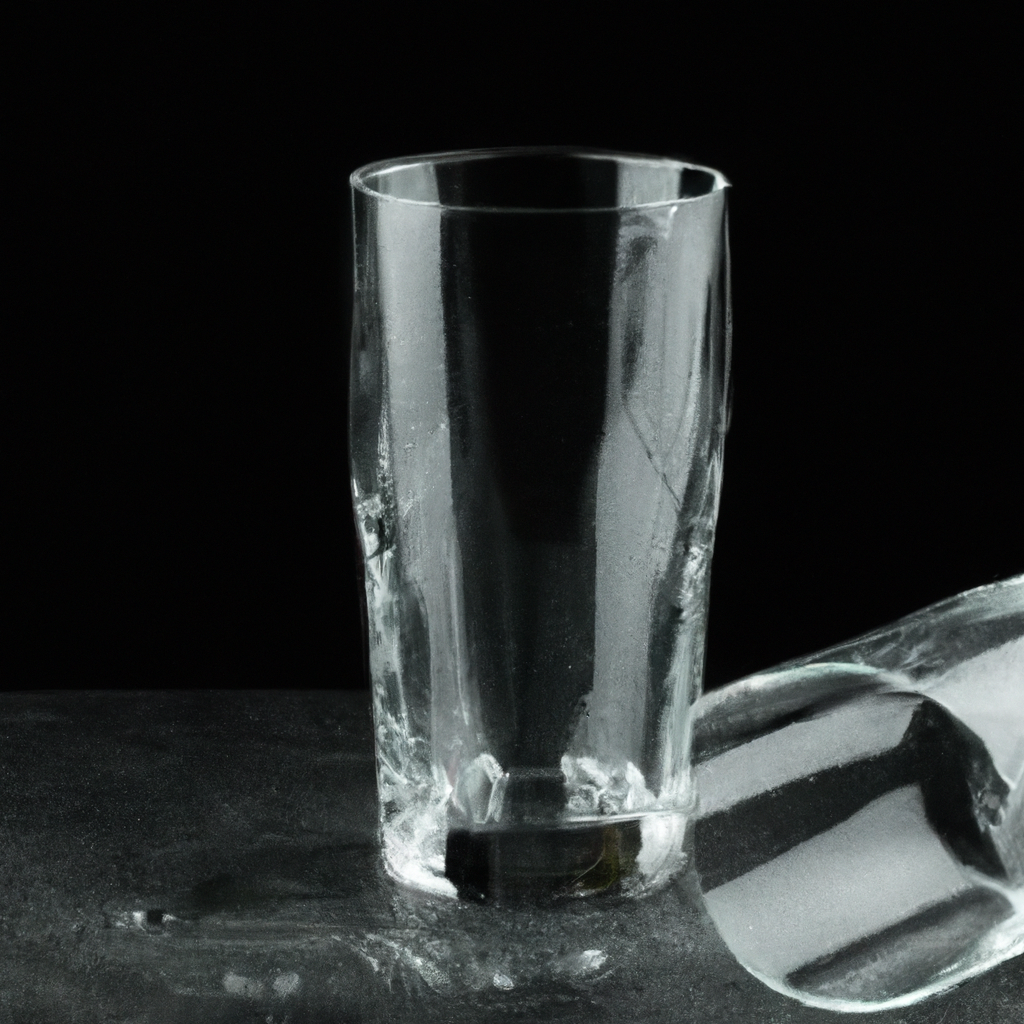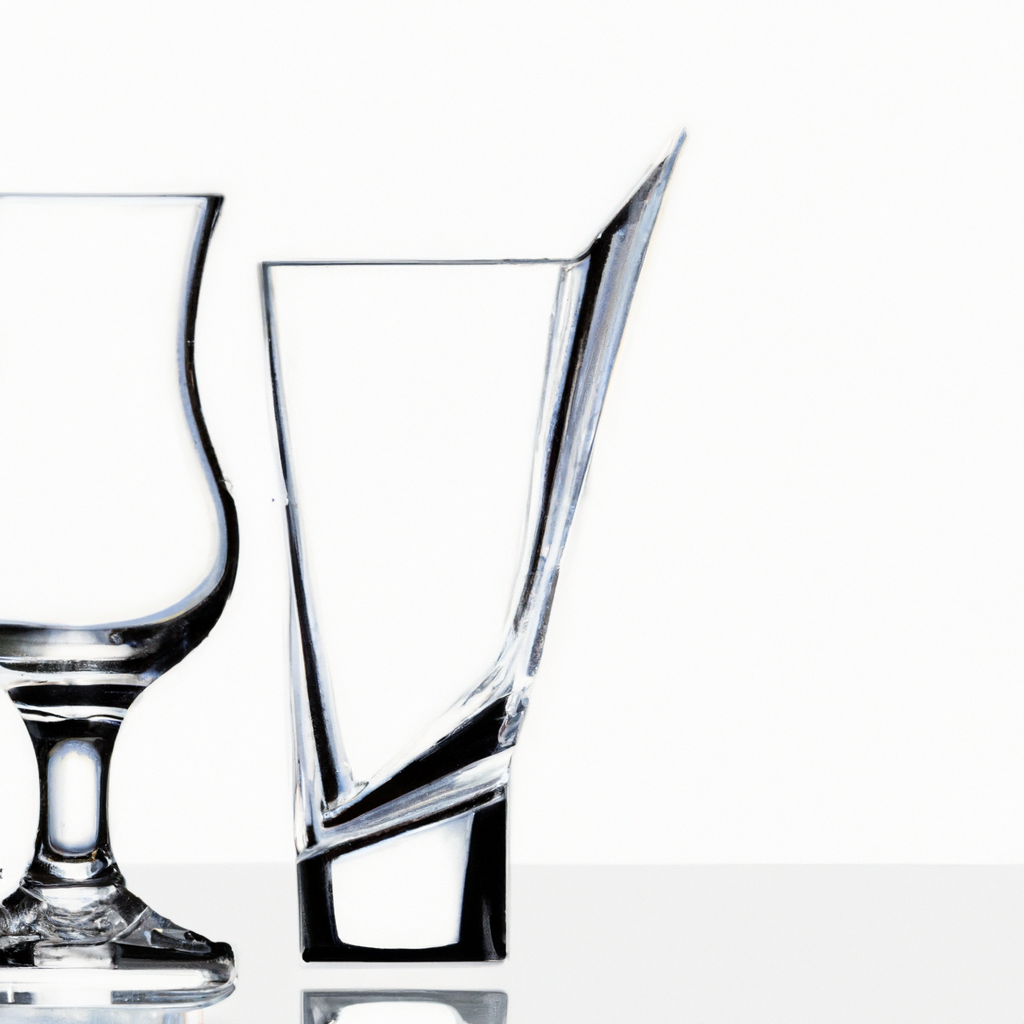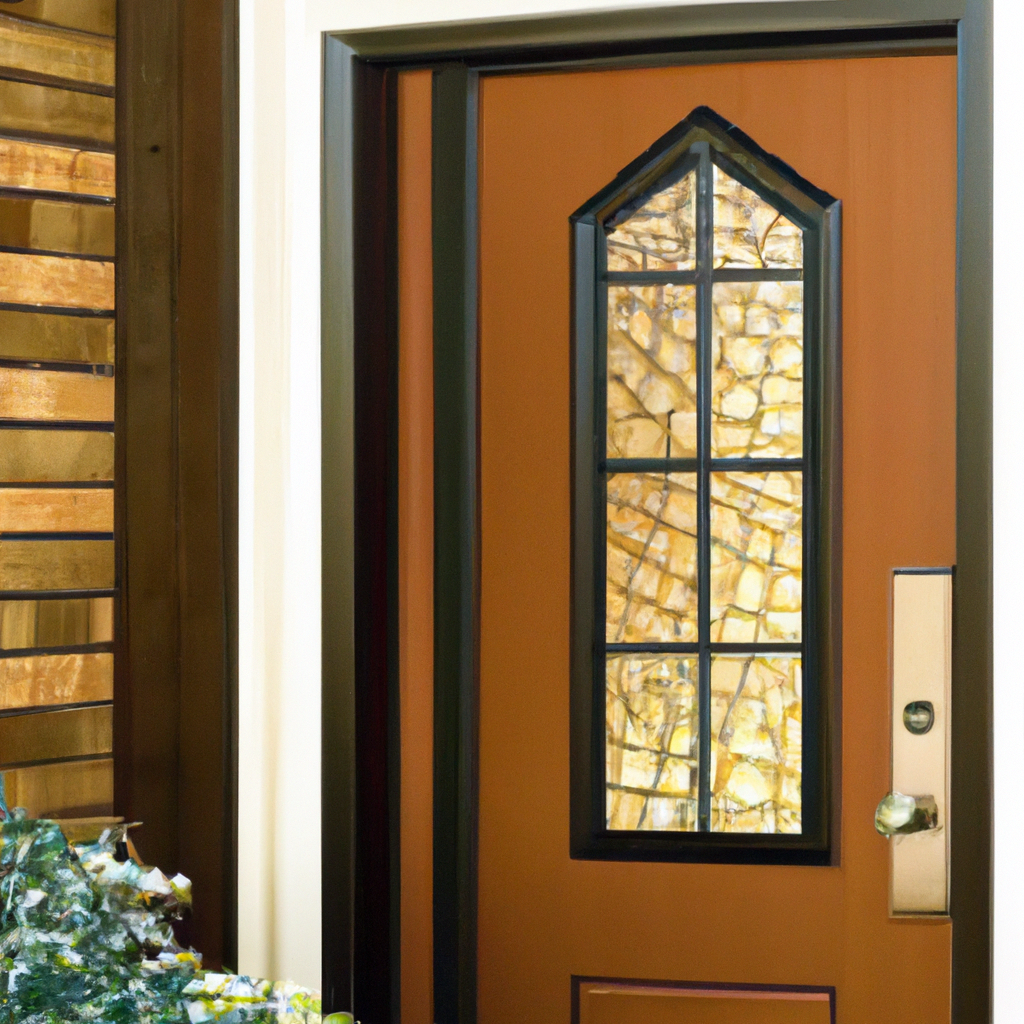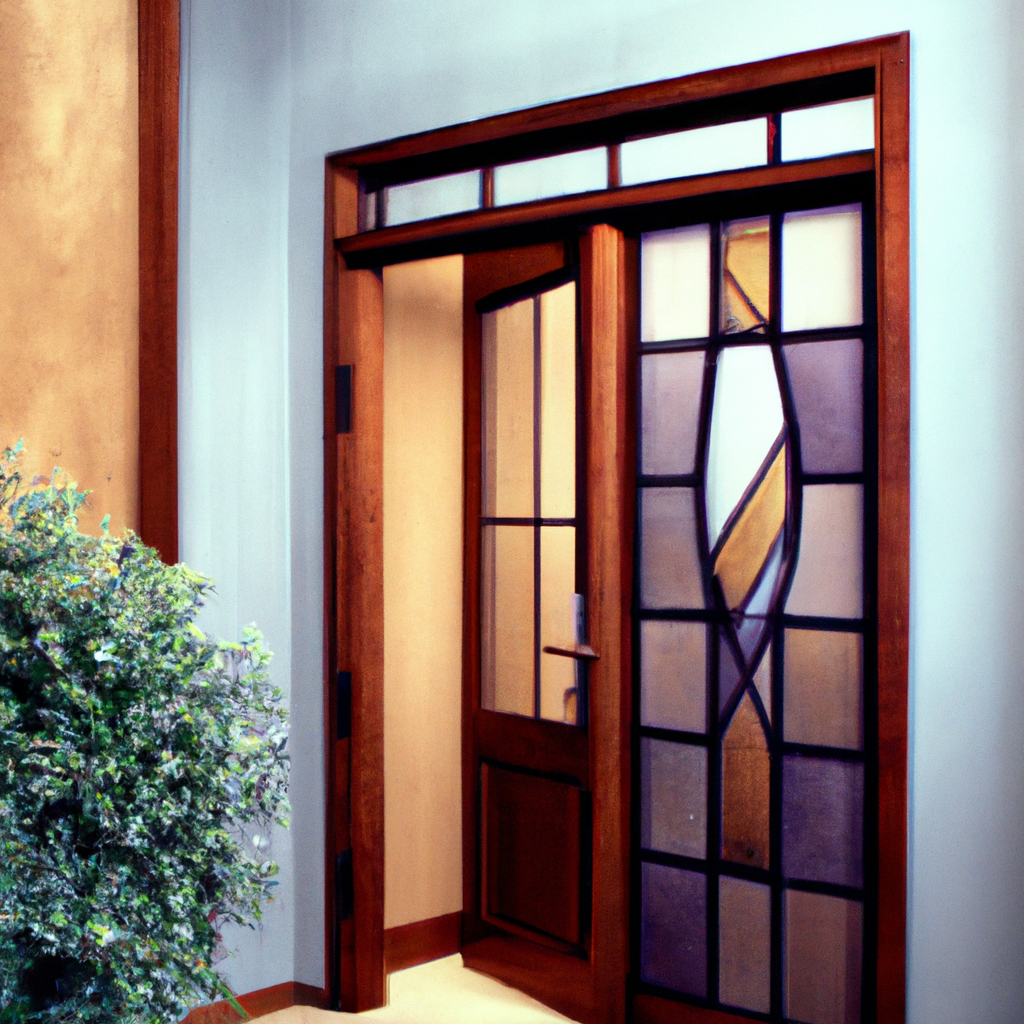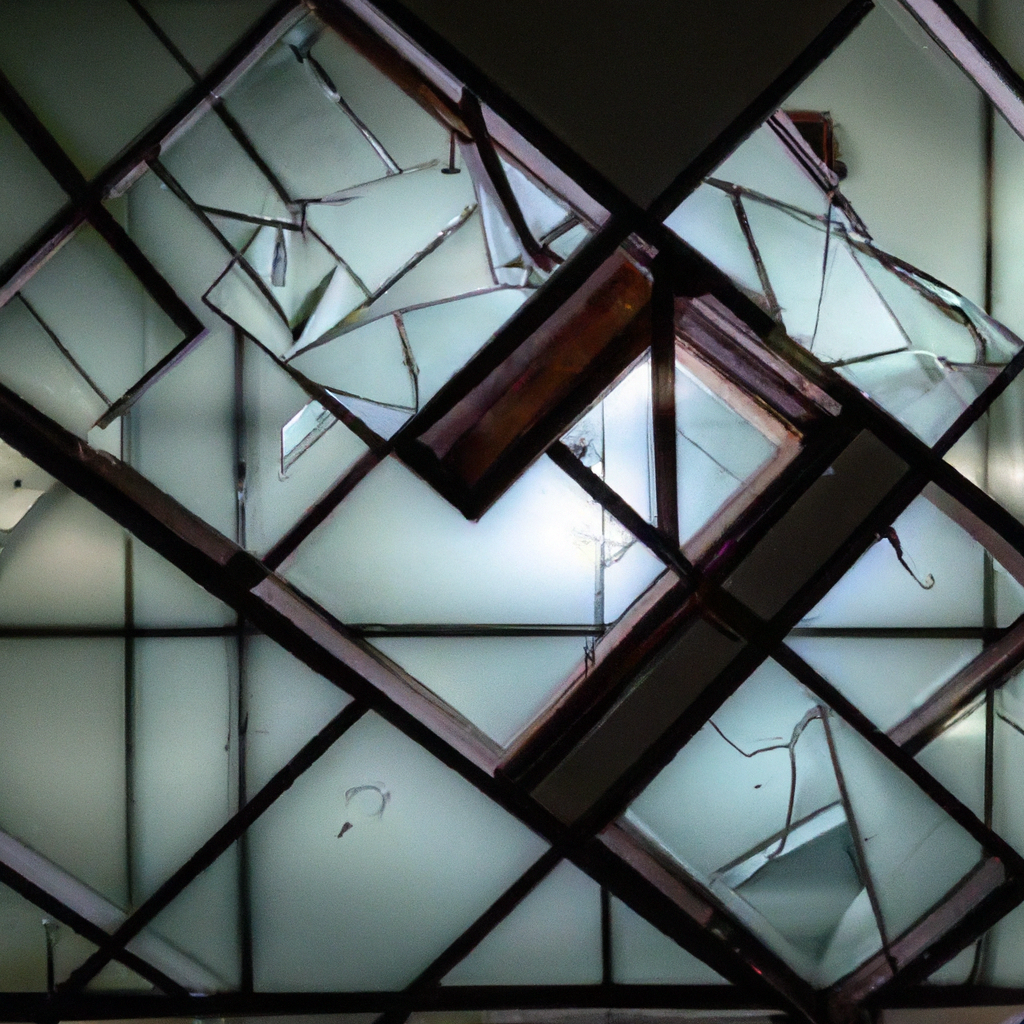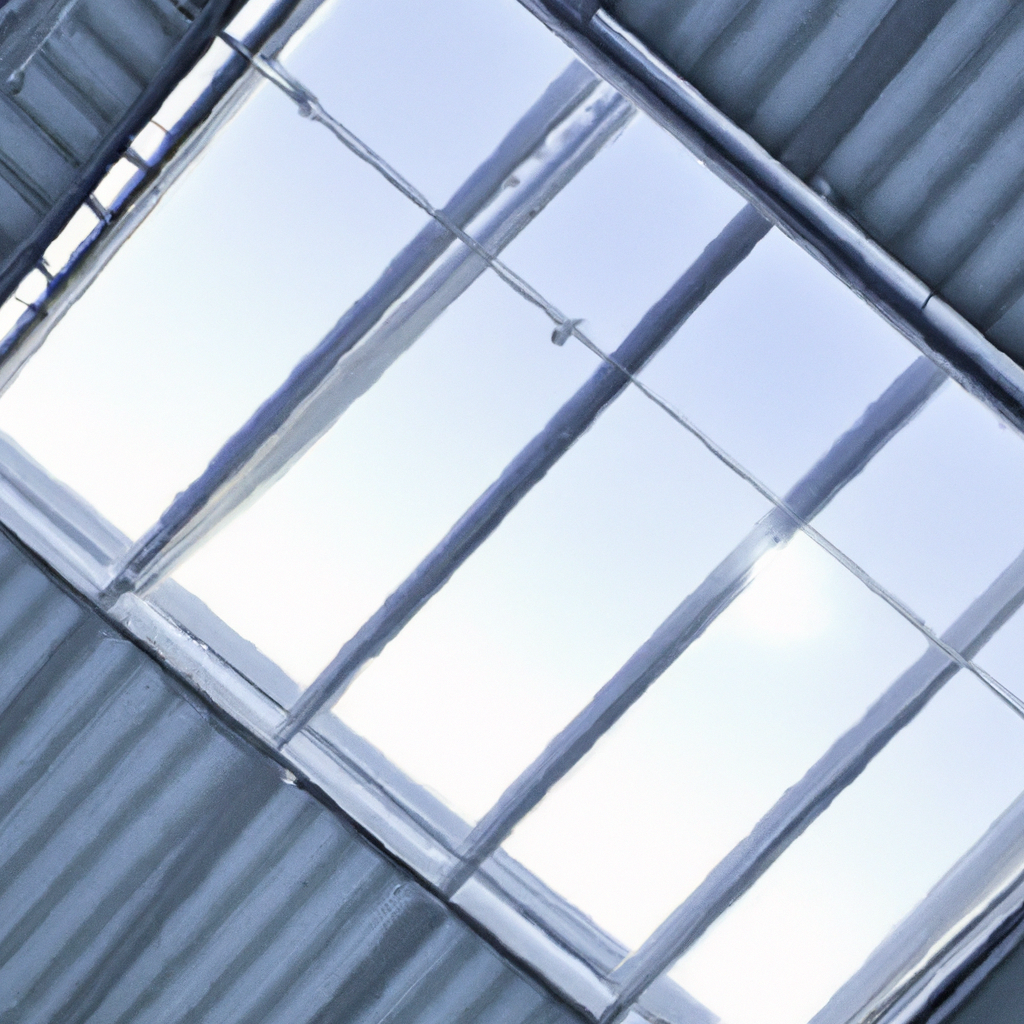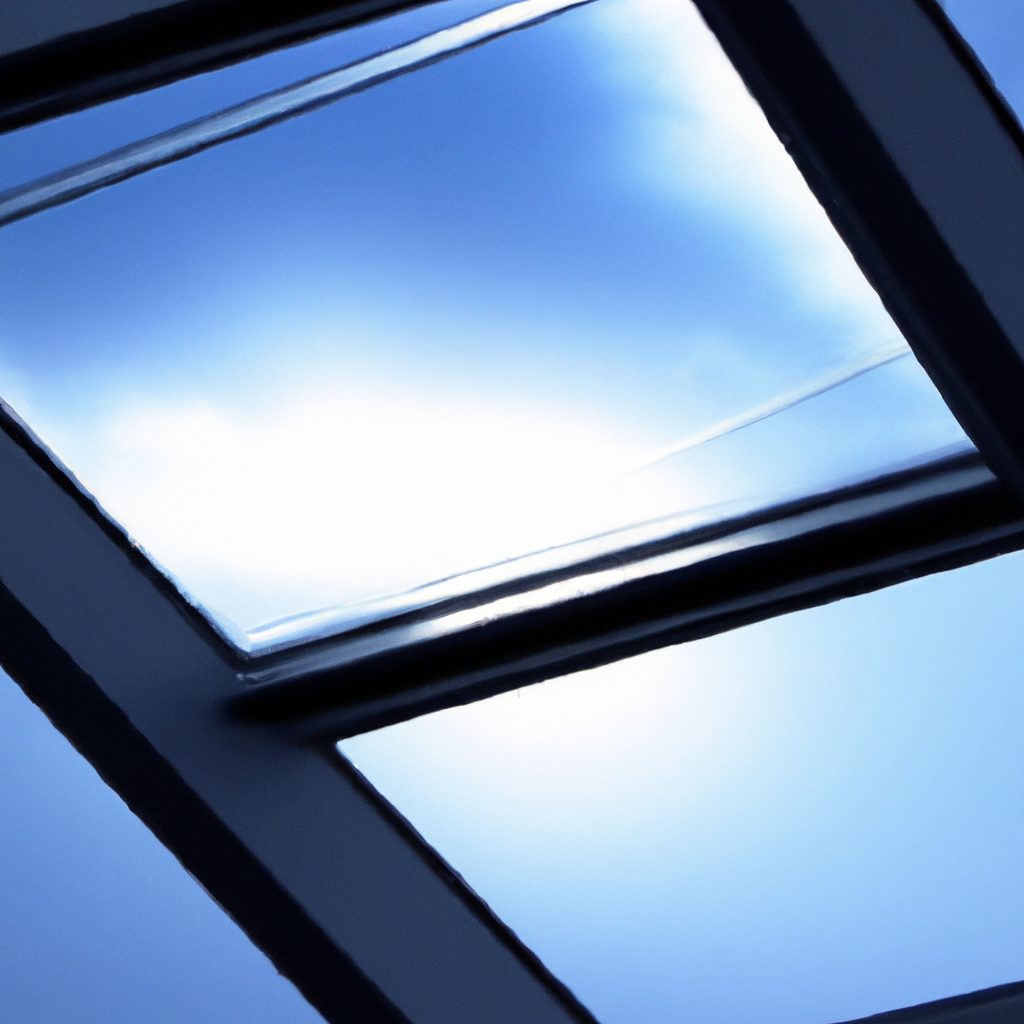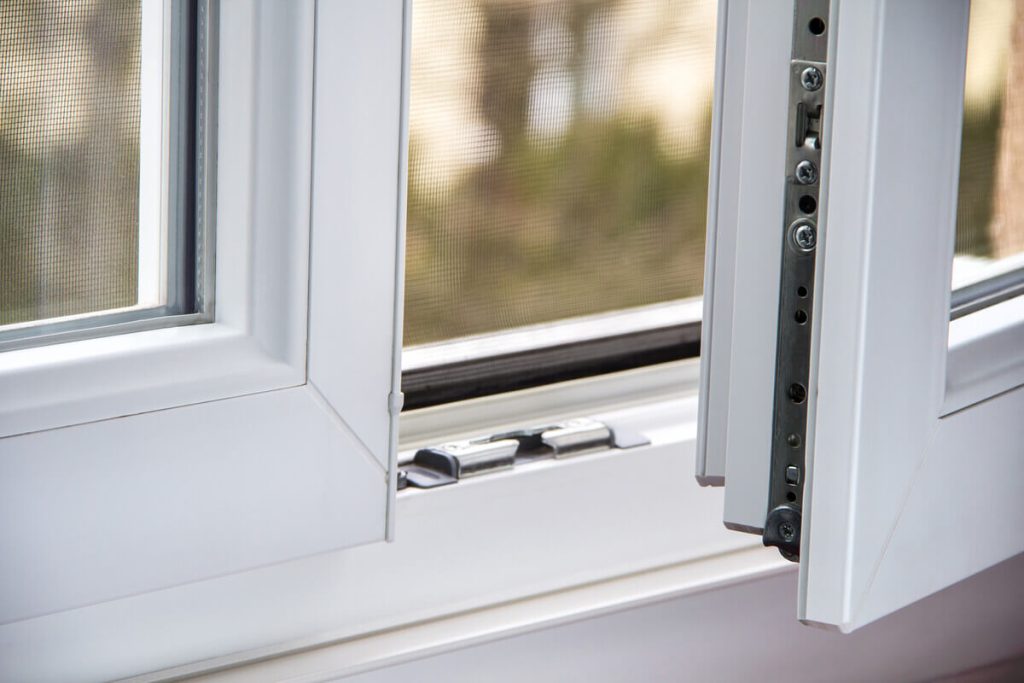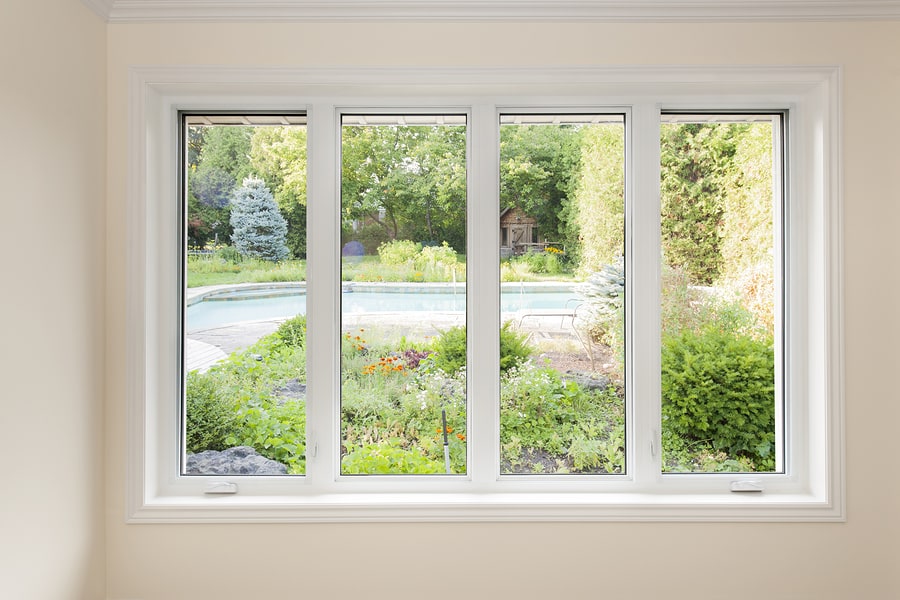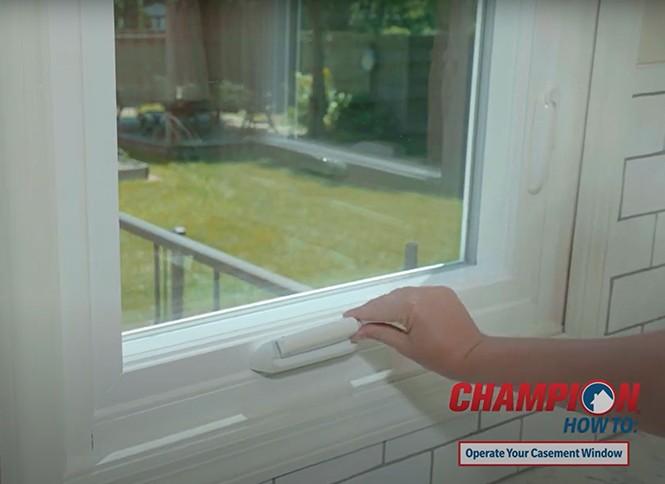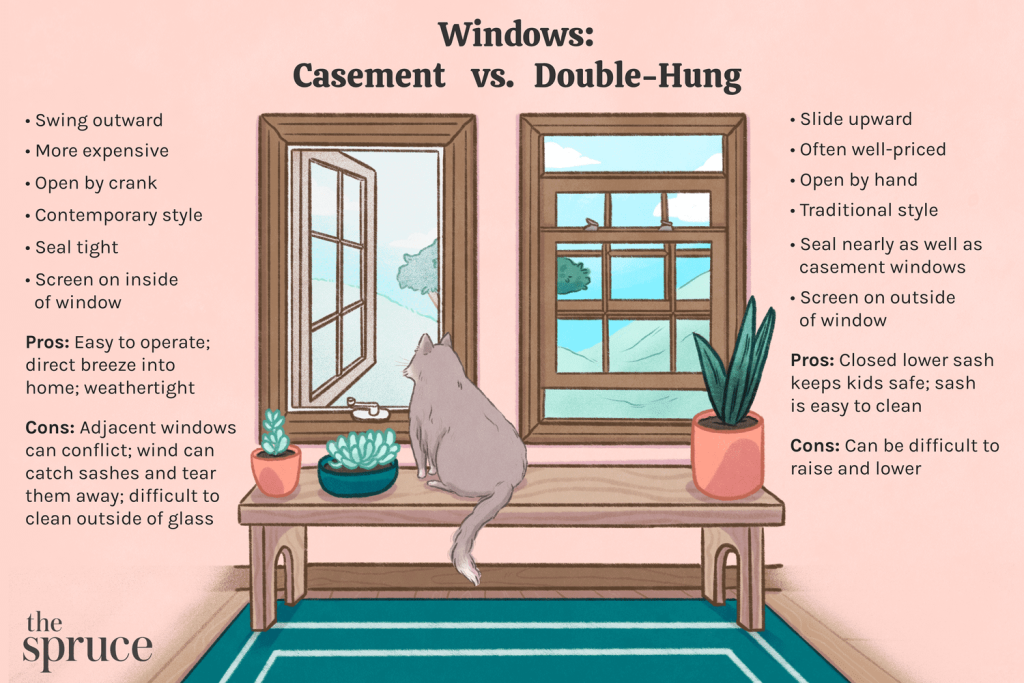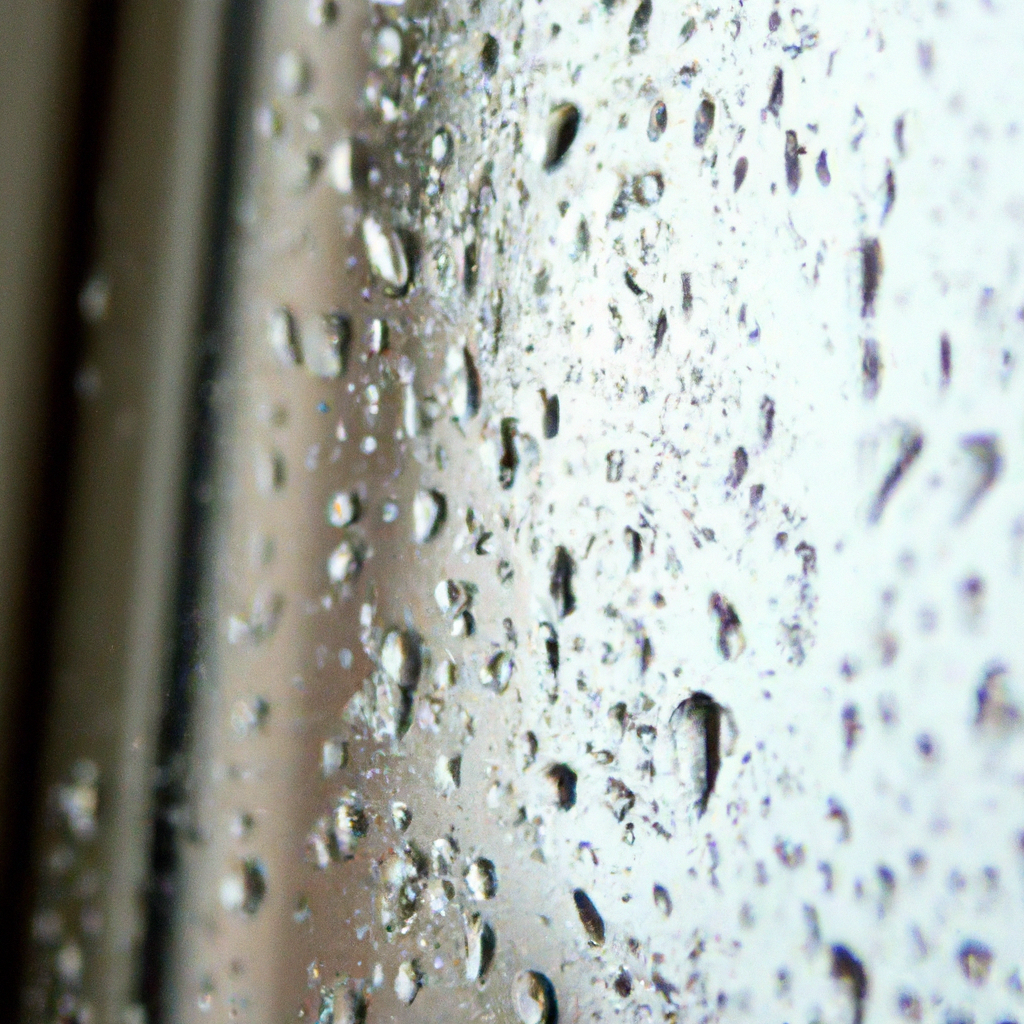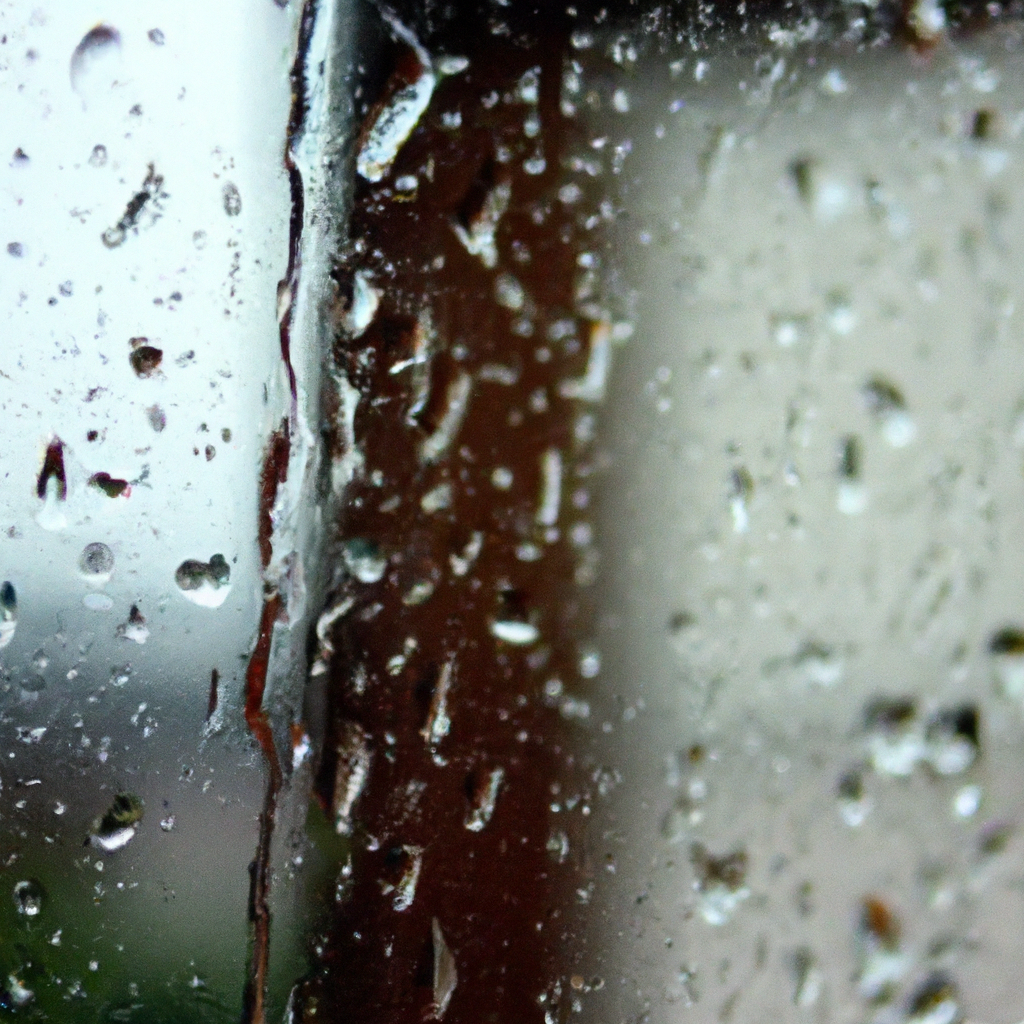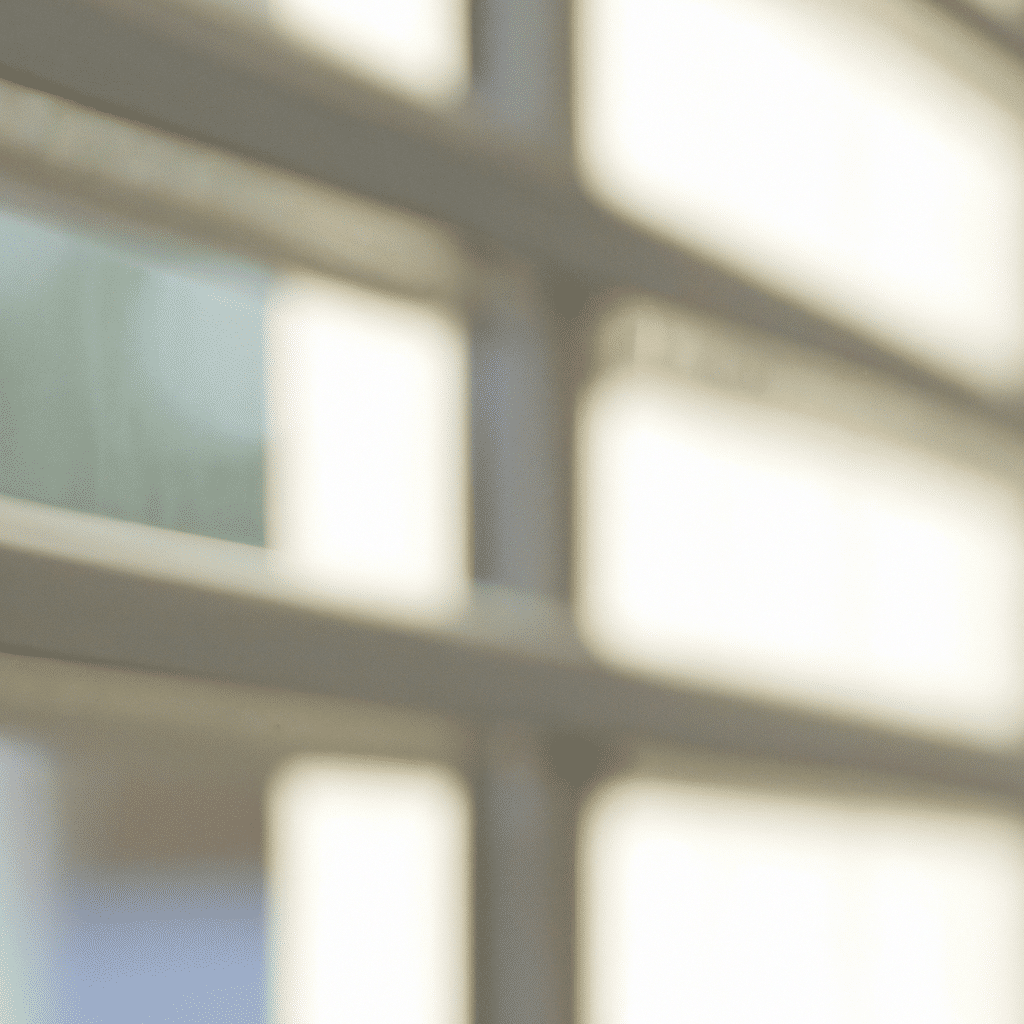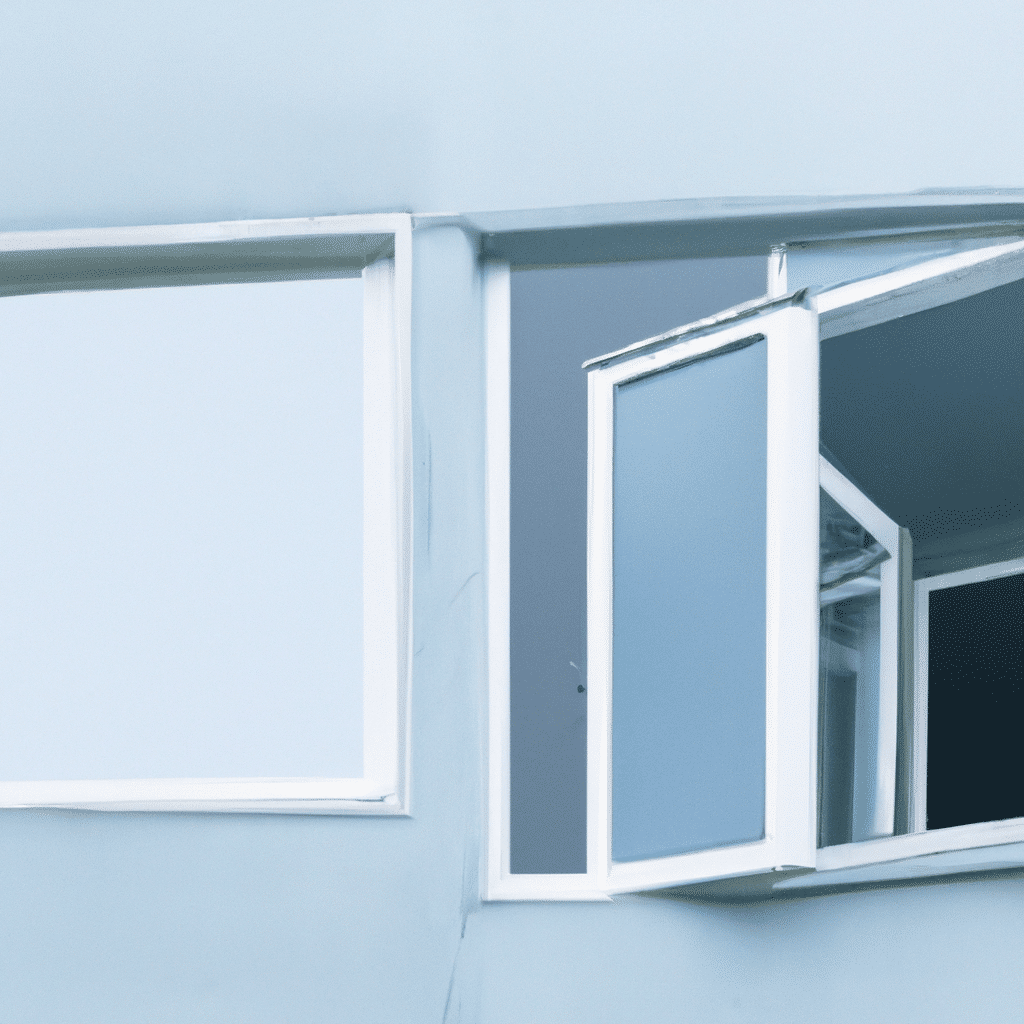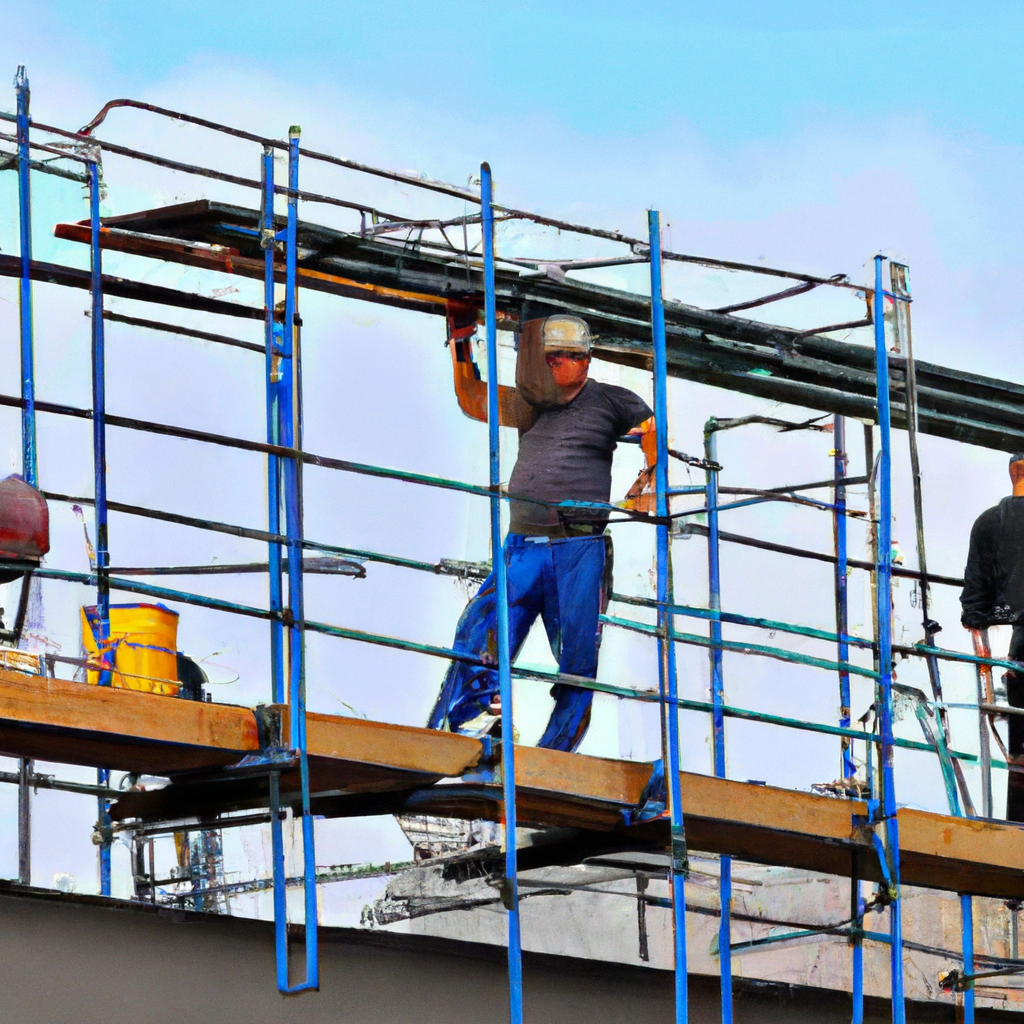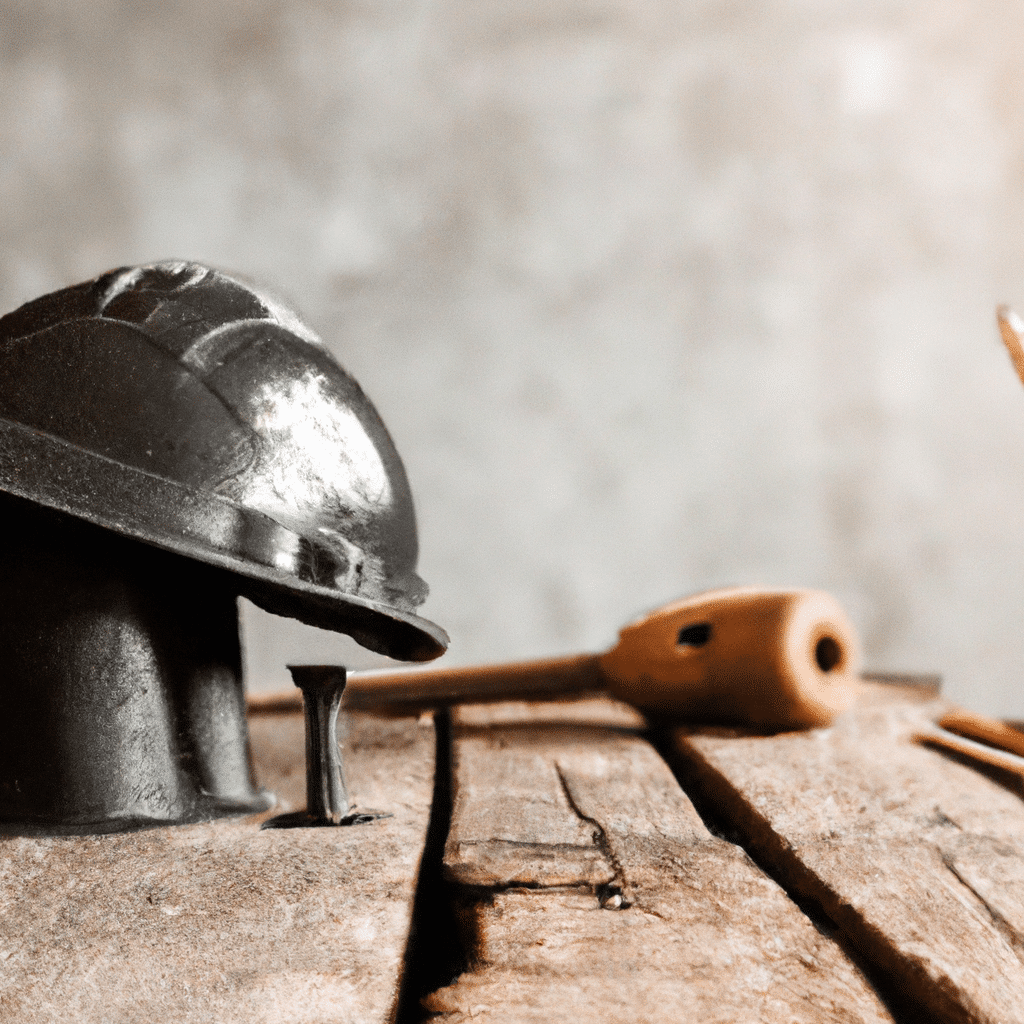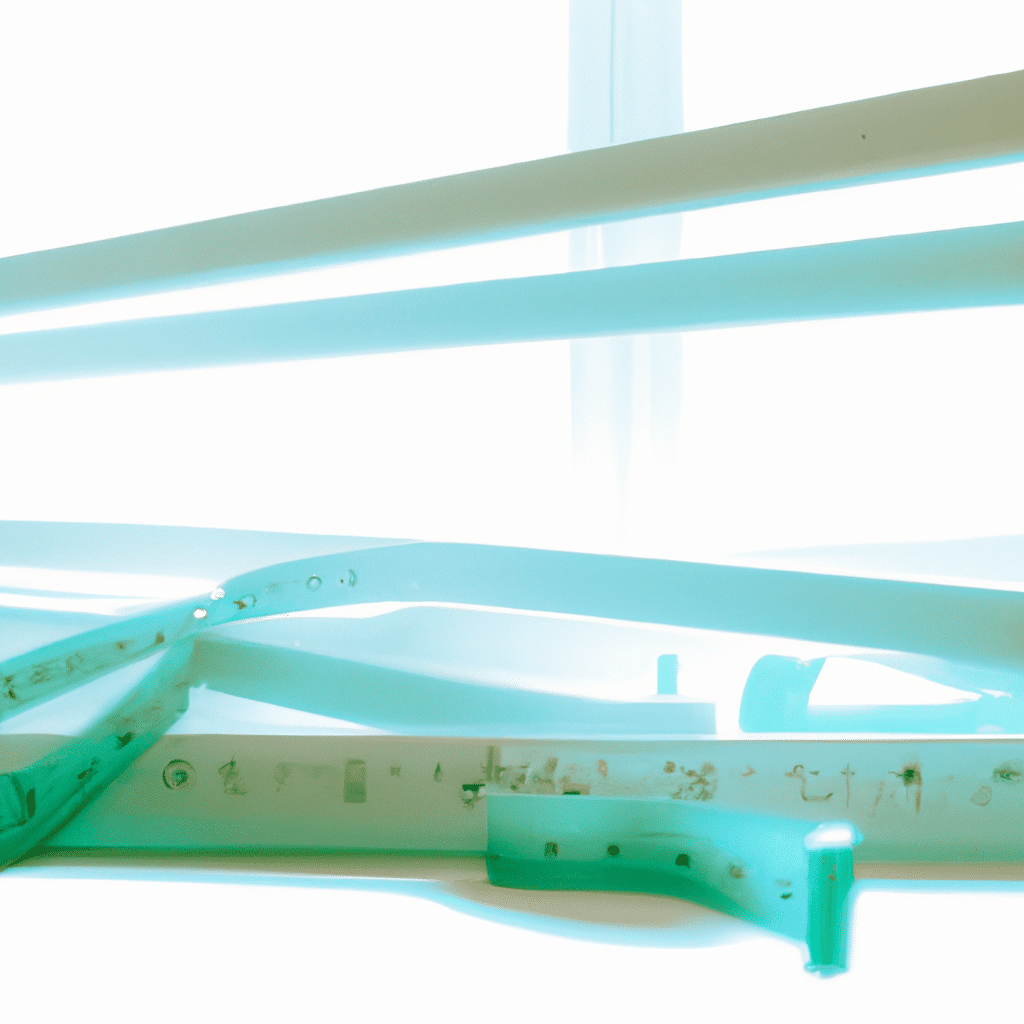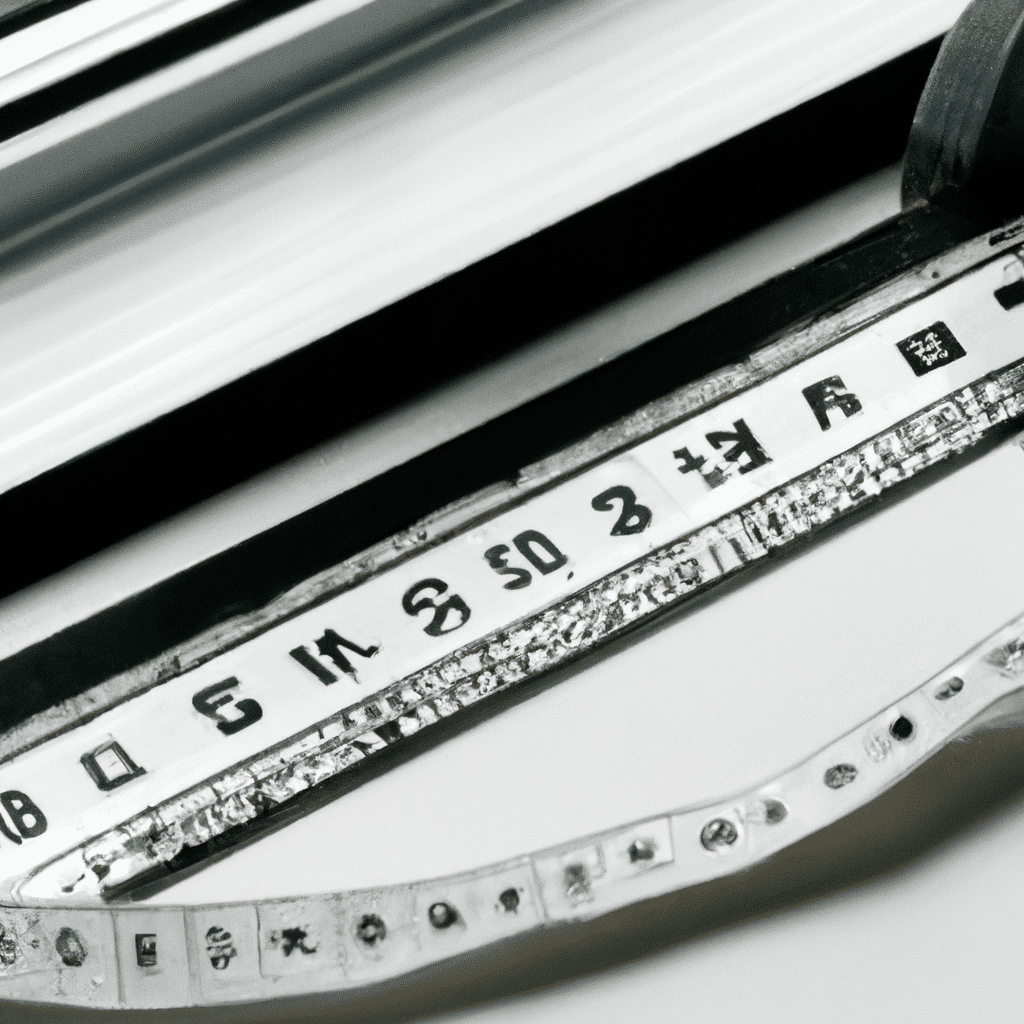So you’ve invested in high-quality furniture and vibrant curtains to transform your home into a cozy oasis, but have you considered the damaging effects of sunlight? The answer lies in impact windows, the unsung heroes of interior preservation. These remarkable windows not only offer protection against hurricanes and break-ins, but they also shield your precious belongings from the fading power of the sun. Let’s delve into how impact windows can keep your interiors looking radiant for years to come.
The Problem of Interior Fading
Understanding Interior Fading
Interior fading is a common issue that many homeowners face. It refers to the process of colors and materials within a home’s interior fading over time due to exposure to sunlight. This can occur on various surfaces, including furniture, flooring, curtains, and artwork. As a homeowner, you invest time and money in creating a beautiful and comfortable space, so it’s essential to understand the causes of interior fading and explore effective solutions.
Causes of Interior Fading
Sunlight is the primary cause of interior fading. However, it is not just the visible light that poses a threat; ultraviolet (UV) rays are the main culprits. When UV rays penetrate through windows, they can cause significant damage to the materials within your home. Additionally, other factors such as heat and visible light can contribute to the fading process.
The Role of Sunlight
Sunlight is undoubtedly a beautiful natural resource that brings warmth and light into our homes. However, it also brings harmful elements like UV rays. While we often associate UV rays with the risk of skin cancer, their ability to fade materials is equally concerning. When sunlight enters through windows, it can cause irreversible damage to fabrics, paintings, and even wood surfaces. Therefore, finding ways to protect against the damaging effects of sunlight is crucial in maintaining the integrity and beauty of your home.
What Are Impact Windows?
Definition of Impact Windows
Impact windows, also known as hurricane windows, are specially designed windows that provide protection against high winds, flying debris, and extreme weather conditions. These windows are made with impact-resistant glass that is capable of withstanding strong impacts without shattering. While their primary purpose is to enhance a home’s structural integrity during hurricanes and storms, impact windows also offer significant benefits in preventing interior fading.
How Impact Windows Work
Impact windows are manufactured using a combination of advanced technologies and durable materials. The glass used in impact windows consists of multiple layers and is often reinforced with a robust interlayer. This construction allows the windows to absorb the impact and prevent the glass from shattering. The additional layers also help to reduce the transmission of UV rays and heat, providing enhanced protection against interior fading. When properly installed, impact windows can effectively block out harmful elements while allowing natural light into your home.

Benefits of Impact Windows
Enhanced Protection Against UV Rays
One of the primary benefits of impact windows is their ability to provide enhanced protection against UV rays. The special glass used in these windows has UV-blocking properties that can significantly reduce the amount of harmful radiation entering your home. By limiting UV exposure, impact windows help to prevent interior fading by preserving the color and quality of your furnishings, fabrics, and decor.
Reduced Heat Transfer
In addition to blocking UV rays, impact windows also help to reduce heat transfer. The multiple layers and insulating properties of impact windows act as a barrier, preventing the transfer of heat from the outside to the inside of your home. By keeping your home cooler, impact windows minimize the damaging effects of heat on materials, further protecting against interior fading.
Increased Energy Efficiency
Impact windows not only provide protection against interior fading but also contribute to increased energy efficiency. The insulation properties of these windows help to regulate indoor temperatures, reducing the need for excessive heating or cooling. As a result, homeowners can enjoy energy savings by relying less on artificial heating and cooling systems, reducing their environmental impact, and lowering utility bills.
Added Security and Safety
Apart from the protection against UV rays and fading, another significant advantage of impact windows is their enhanced security and safety features. The impact-resistant glass and reinforced frames make it difficult for burglars and intruders to gain entry. Additionally, impact windows can withstand strong winds and flying debris during hurricanes and storms, providing a layer of safety for you and your family.
Features to Look for in Impact Windows
UV Protection
When considering impact windows, it is essential to evaluate their UV protection capabilities. Look for windows that have a high UV rating, indicating their ability to block a significant percentage of UV rays. The higher the UV rating, the better the window will protect against interior fading.
Low-E Glass
Low-emissivity (Low-E) glass is a feature to consider when selecting impact windows. This type of glass has a special coating that helps to reflect heat and harmful rays. By using Low-E glass in impact windows, homeowners can further reduce heat transfer and UV radiation, providing additional protection against interior fading.
Multiple Glazing
Impact windows with multiple glazing layers are highly effective in preventing interior fading. These windows consist of two or more glass panes with an insulating layer in between. The multiple layers provide enhanced insulation, minimizing heat transfer and UV penetration, ultimately safeguarding against fading.
Window Tinting Options
Some impact windows offer additional window tinting options as an added layer of protection against fading. Tinted windows can further reduce the amount of visible light and heat that enters your home, preventing damage to your furnishings and decor.
Frame Material and Design
While the glass plays a crucial role in impact windows, the frame material and design are equally important. Look for impact windows with durable and weather-resistant frames, such as aluminum or vinyl. Additionally, consider the design of the window frames, as this can affect the overall aesthetic of your home.
Proper Installation
Even the best impact windows can fail to provide optimal protection if not installed correctly. It is crucial to hire professionals who are experienced in the installation of impact windows. Proper installation ensures a tight fit and ensures that the windows can effectively block out UV rays and prevent interior fading.
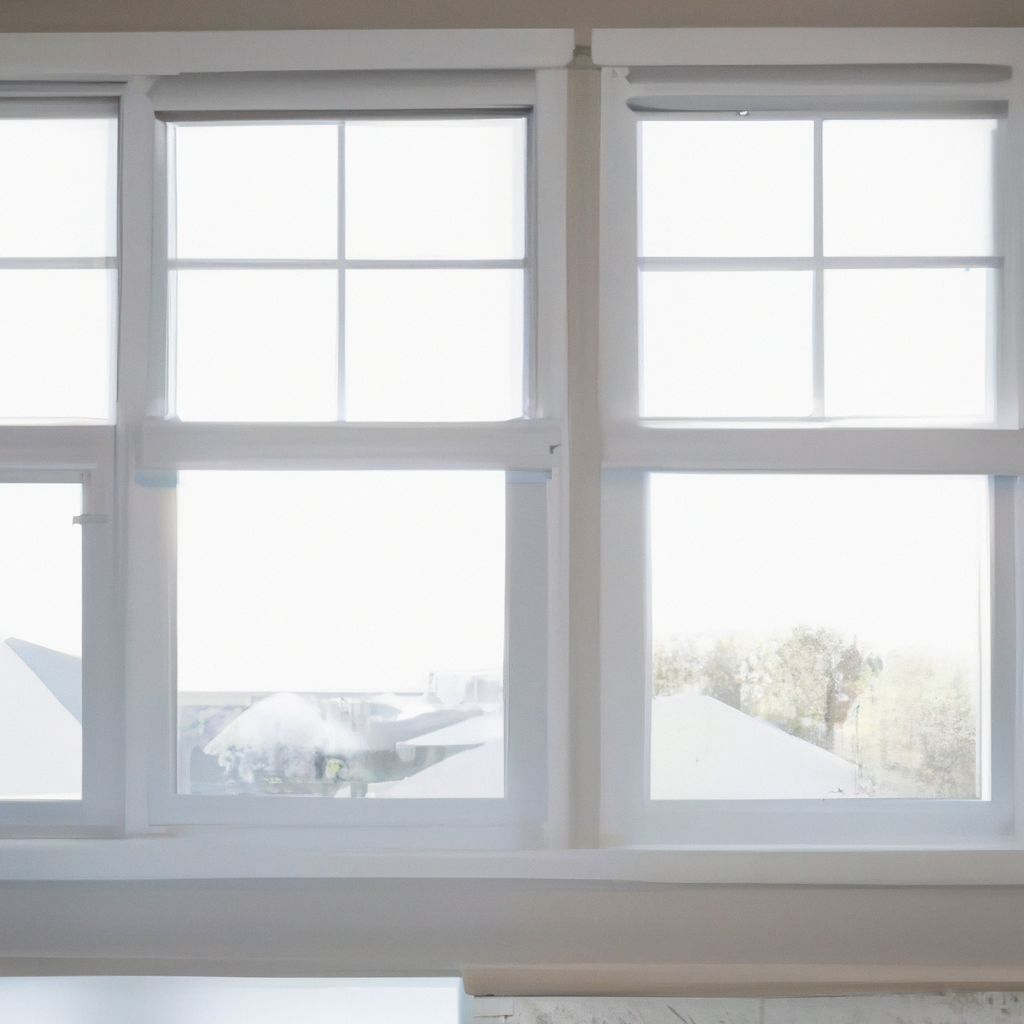
Understanding UV Radiation
Different Types of UV Rays
There are three types of UV rays: UVA, UVB, and UVC. UVA rays have the longest wavelength and can penetrate window panes, making them the type of UV rays responsible for interior fading. UVB rays have a shorter wavelength and are primarily responsible for sunburns, while UVC rays are the shortest and most dangerous, but are luckily absorbed by the Earth’s atmosphere.
Harmful Effects of UV Radiation
UV radiation can cause various harmful effects on both human health and materials. Prolonged exposure to UV radiation can lead to skin cancer, premature aging, and eye damage. In terms of materials, UV rays can cause fading, discoloration, and deterioration of fabrics, carpets, artwork, and wooden surfaces. Protecting against UV radiation is essential for maintaining the longevity and beauty of your interiors.
UV Radiation’s Role in Fading
Ultraviolet radiation plays a significant role in the fading process. When UV rays enter your home through windows, they can break down the chemical bonds in materials such as dyes, pigments, and polymers, causing them to fade. This process is often accelerated by heat and visible light, compounding the damage caused by UV radiation. By reducing or blocking UV radiation, impact windows effectively prevent interior fading and prolong the lifespan of your furnishings.
Testing and Rating Impact Windows
Hurricane Impact Testing
Impact windows undergo rigorous testing to ensure their effectiveness in withstanding high winds and flying debris during hurricanes and storms. These tests involve subjecting the windows to simulated hurricane conditions, including high wind speeds and the impact of large objects. A window’s ability to pass these tests determines its suitability for use in hurricane-prone areas.
Performance Ratings and Standards
When considering impact windows, it is essential to look for performance ratings and standards. Windows that meet or exceed established standards, such as those set by the American Society for Testing and Materials (ASTM) and the Miami-Dade County Building Code, provide assurance of their reliability and effectiveness.
Comparing Impact Windows to Other Solutions
Impact Windows vs. Window Films
Window films are a popular alternative to impact windows. These films are applied directly to the interior surface of existing windows and provide some level of protection against UV rays and heat. However, they may not offer the same level of impact resistance as dedicated impact windows. While films can reduce interior fading, they may not provide the same level of protection against hurricanes and storms.
Impact Windows vs. Window Coverings
Window coverings, such as blinds and curtains, offer some degree of UV protection and heat reduction. However, they often allow some sunlight to enter the room, and over time, the materials themselves can fade. Impact windows, on the other hand, provide comprehensive protection against UV rays, heat transfer, and impact.
Factors to Consider Before Installing Impact Windows
Cost and Budget
Before making a decision, it is important to consider the cost of impact windows. While they may require a higher upfront investment compared to other options, the long-term benefits in terms of protection, energy efficiency, and preservation of your interiors make them a worthwhile investment. Take the time to budget accordingly and consider the overall value that impact windows can provide to your home.
Climate and Sun Exposure
The climate and sun exposure in your area should also be taken into account when deciding to install impact windows. If you live in a region prone to hurricanes or experience intense heat and sunlight, impact windows offer significant advantages in protecting your home against the damaging effects of these elements.
Aesthetics and Design
While the functionality and performance of impact windows are crucial, aesthetics are also an important consideration. Impact windows come in various styles and designs, allowing you to choose options that complement the overall design and architecture of your home. Consider the overall aesthetic impact of the windows to ensure they align with your personal style and preferences.
Other Ways to Prevent Interior Fading
Using Window Tinting Films
In addition to impact windows, window tinting films can be used as an extra layer of protection against UV rays. These films are directly applied to existing windows and block a significant amount of UV radiation while allowing natural light to enter. Window tinting films come in various shades and can also be used to enhance privacy.
Installing UV-Blocking Window Coverings
As mentioned earlier, window coverings can offer some UV protection. Consider using curtains, blinds, or shades with UV-blocking properties to reduce the amount of harmful radiation entering your home. These coverings can help minimize interior fading and offer additional privacy and light control.
Utilizing Sun-Protective Window Treatments
Another option to prevent interior fading is to utilize sun-protective window treatments. These treatments often incorporate specialized fabrics, such as UV-resistant textiles or solar shades, that have built-in UV blocking capabilities. Sun-protective window treatments can be customized to fit your windows and provide a stylish yet effective solution for protecting your interiors.
Conclusion
The Effectiveness of Impact Windows
In conclusion, impact windows offer a comprehensive solution to the problem of interior fading. With their ability to block UV rays, reduce heat transfer, increase energy efficiency, and provide added security and safety, impact windows are an excellent investment for any homeowner. They provide long-term protection, ensuring that your interiors retain their beauty and value for years to come.
Investing in Long-Term Protection
By installing impact windows, you are making a proactive choice to protect your home and investment. Despite the initial cost, impact windows offer significant value in terms of increased comfort, reduced energy consumption, and enhanced durability of your interiors. With the added benefits of UV protection, reduced heat transfer, and increased energy efficiency, impact windows truly provide a comprehensive solution for preventing interior fading caused by sunlight. So, don’t delay in exploring the options available and start investing in long-term protection for your home today.

